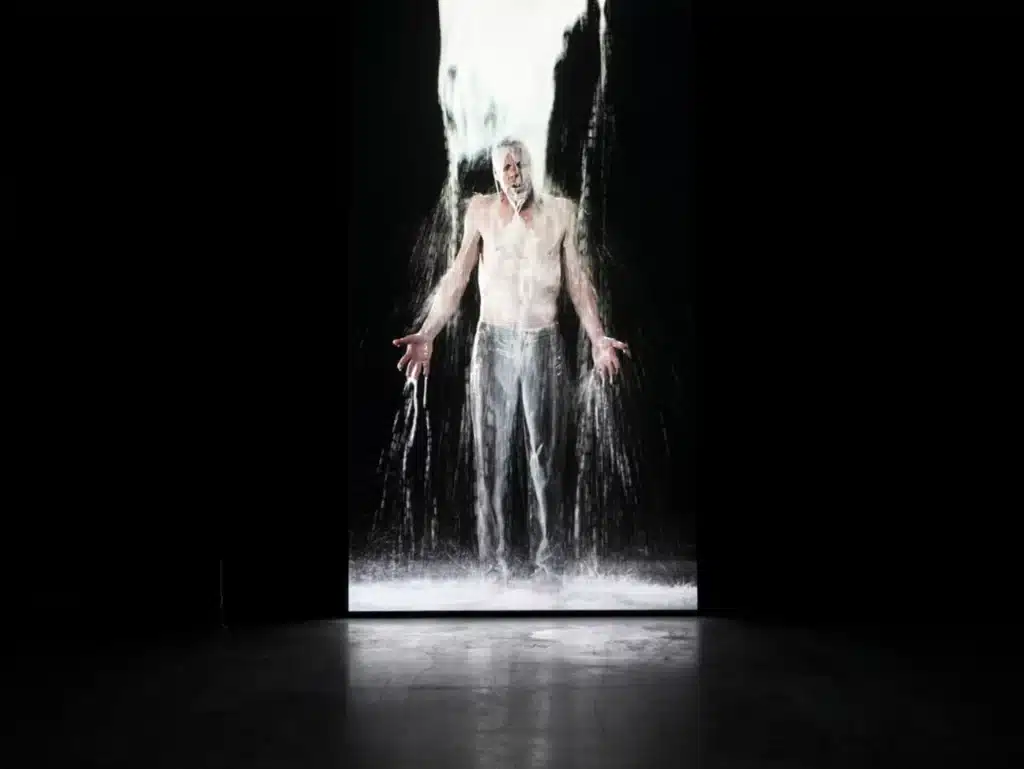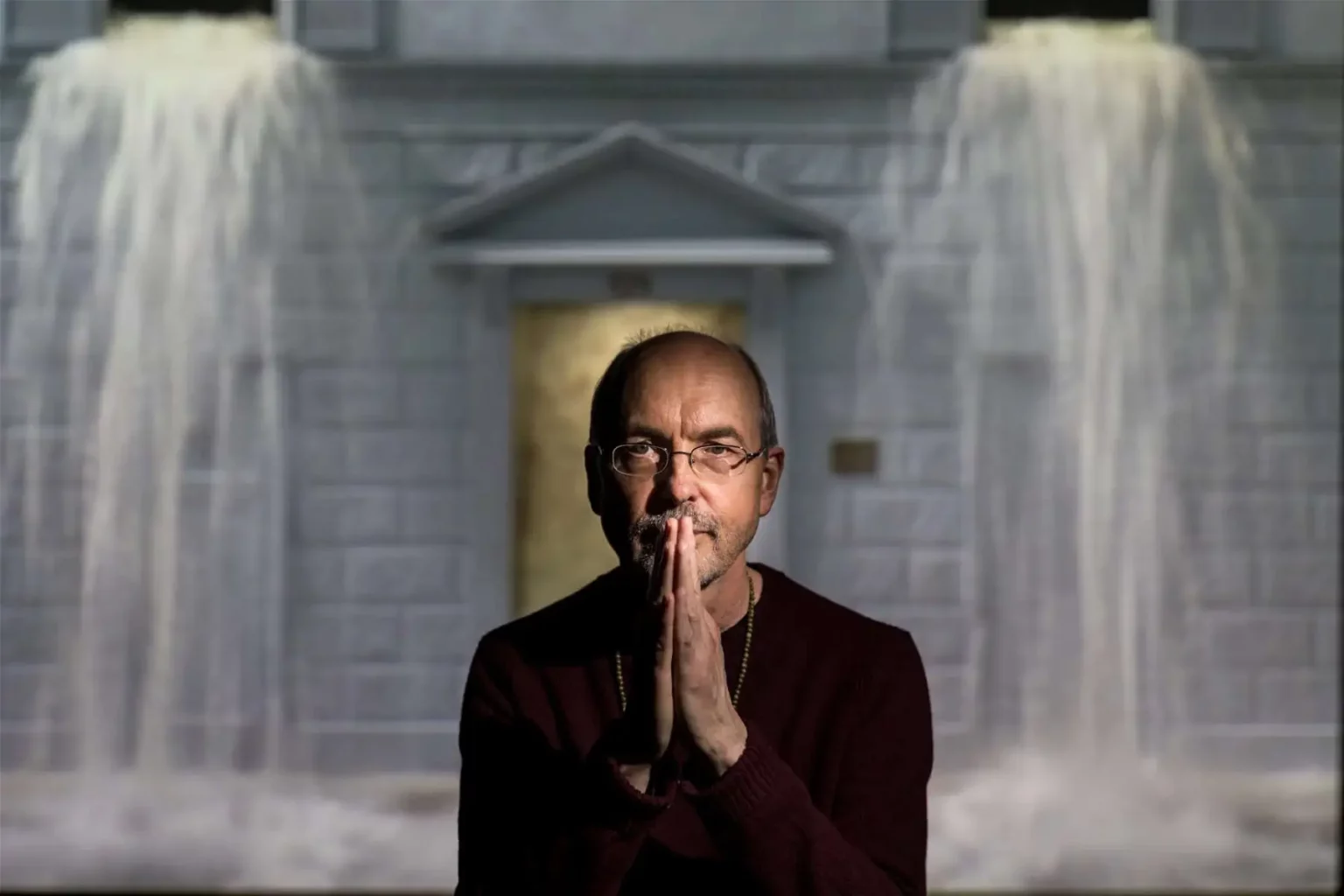From opera houses to museums and churches, Bill Viola’s monumental video works have left a lasting impression. A look back at the history and artistic sensibility of the American video artist, who died on 12 July 2024, whose reflections on time, life and death, the natural elements and spiritual states have left an indelible mark on the audiovisual landscape.
Suffering from Alzheimer’s disease since 2012, Bill Viola passed away peacefully at his home in California on 12 July. Born in 1951 in New York, he gave up his art studies at Syracuse University, which he found too conventional, to turn to a less standardised section, that of the experimental studio. It was at this point that he came into direct contact with the audiovisual world.

Initially attracted by electronic music, he turned to video before becoming an assistant to the Korean pioneer Nam June Paik (1932-2006). At a time when video art was still in its infancy, the young visual virtuoso produced his first large-scale video installations in the early 1970s. Alongside a number of avant-garde artists like himself, Bill Viola helped this new artistic movement to emerge, with his impeccable technique and innovative sound capture, video recording and editing processes.
A spiritual approach
While his art was influenced by the Italian painters of the Quattrocento (Giotto, Lorenzetti and Duccio), in the mid-1970s Bill Viola travelled to Asia. In 1980, he even met a Zen master in Japan, Daien Tanaka, who became his spiritual master. His work took on a spiritual, meditative, emotional and intimate dimension. He has no hesitation in putting himself on stage and revealing his family.
A number of themes recur, such as time, slow motion, consciousness, life, death, dreams, water, fire, the virtual and the real. Bill Viola once said that he wanted to ‘sculpt time’. ‘Time is the raw material of film and video. The mechanics may be cameras, film and cassettes, but what we are working with is time’. He slows down time in immersive installations, uses monitors and sets himself apart with monumental projections. All using the latest technologies.
His most memorable works
In 1991, Bill Viola produced The Passing. A reflection on life and death, this video relates to the death of his mother and the birth of his second son, two almost simultaneous events in his life.
Four years later, he exhibited The Greeting at the Venice Biennale, where he represented the United States. This work brought to life the painting Visitation by the Mannerist painter Pontormo. It was the first work of video art to be acquired by the Metropolitan Museum of Art in New York in 2001.

His work on water, an element that fascinates him, can be seen in Ascension (2000), The Dreamers (2013) and Inverted Birth (2014). Other notable works include The Crossing (sound and video installation, 1996), The Reflecting Pool (video cassette, 1977) and Martyrs (quadriptych video painting, 2014). He also produced the opera Tristan and Isolde with Peter Sellars in 2005.
His most important exhibitions include Installations and Videotapes (1987) at MoMA and A 25-Year Survey (1997) at the Whitney Museum of American Art in New York, as well as Hatsu-Yume (First Dream) (2006 – 2007) at the Mori Art Museum in Tokyo. In 2014, the Grand Palais in Paris launched a major retrospective exhibition on Bill Viola, featuring metaphysical questions such as ‘Who am I?’, ‘Where am I?’, ‘Where am I going?’.
Read also: Ben, art and the written word
Featured photo: © Alessandro Moggi















